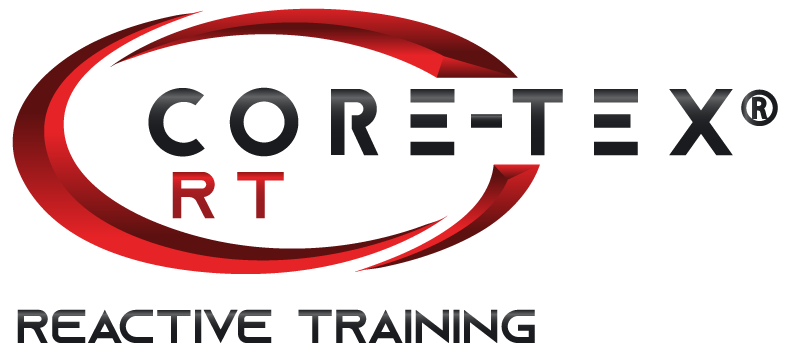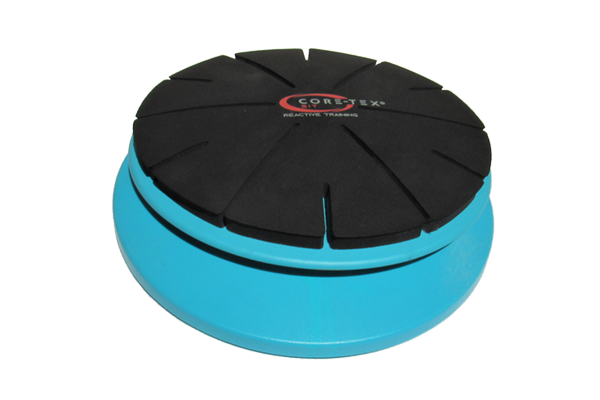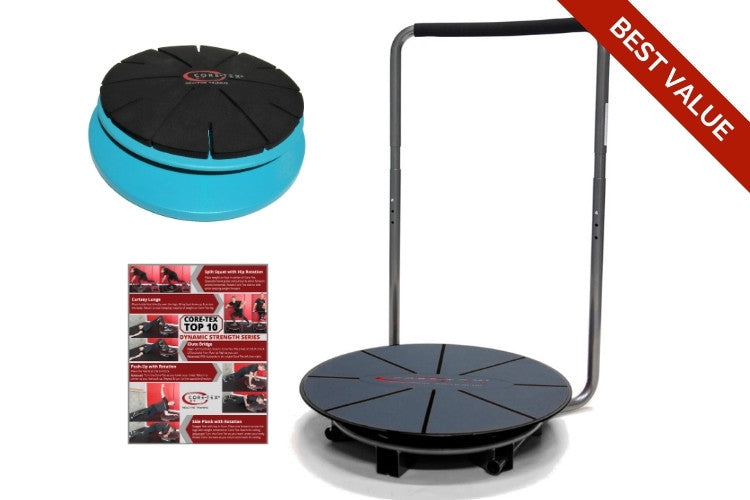Core-Tex inventor, Anthony Carey was commissioned by the American Council on Exercise to share the "why" behind the value reactive training and reactive variability for the client, patient, athlete or YOU. Watch one of the accompanying demo videos here demonstrating dual tasking and multiple other examples of the demands of reactive training. You can also head over to ACE's websitehttps://bit.ly/usingreactivetraining for the full article and some additional videos.














Leave a comment (all fields required)